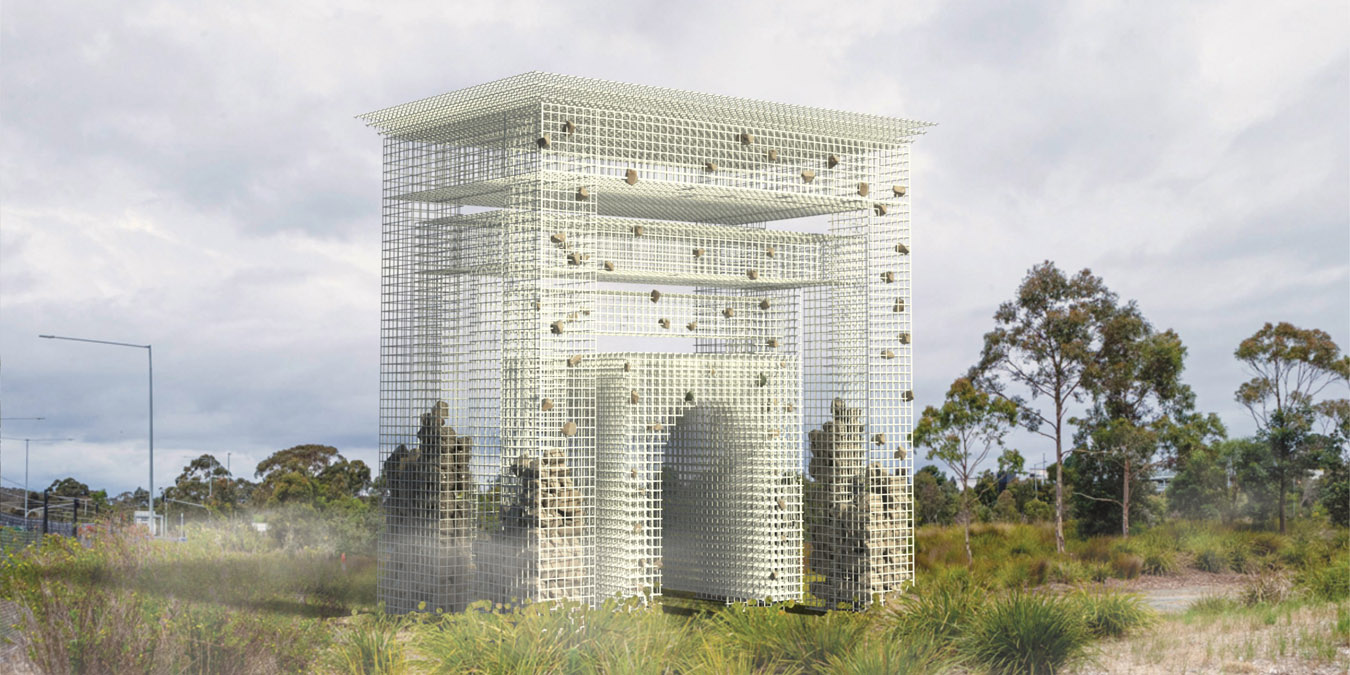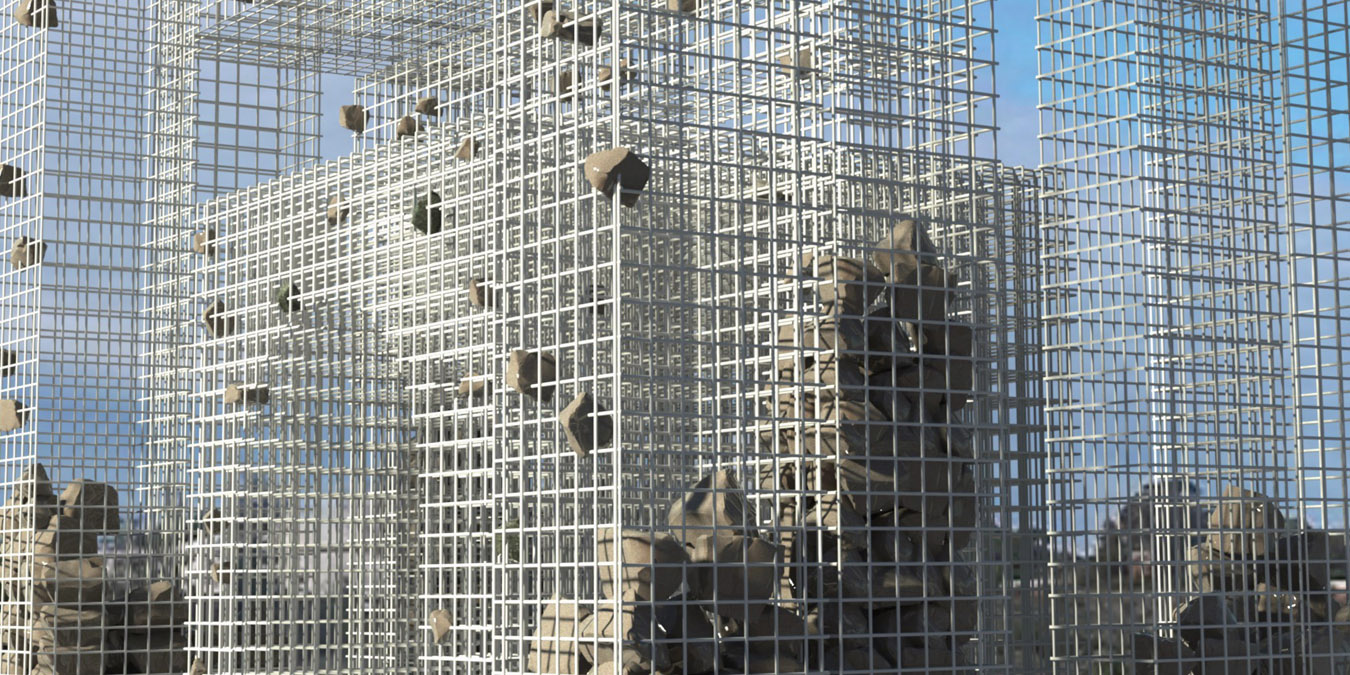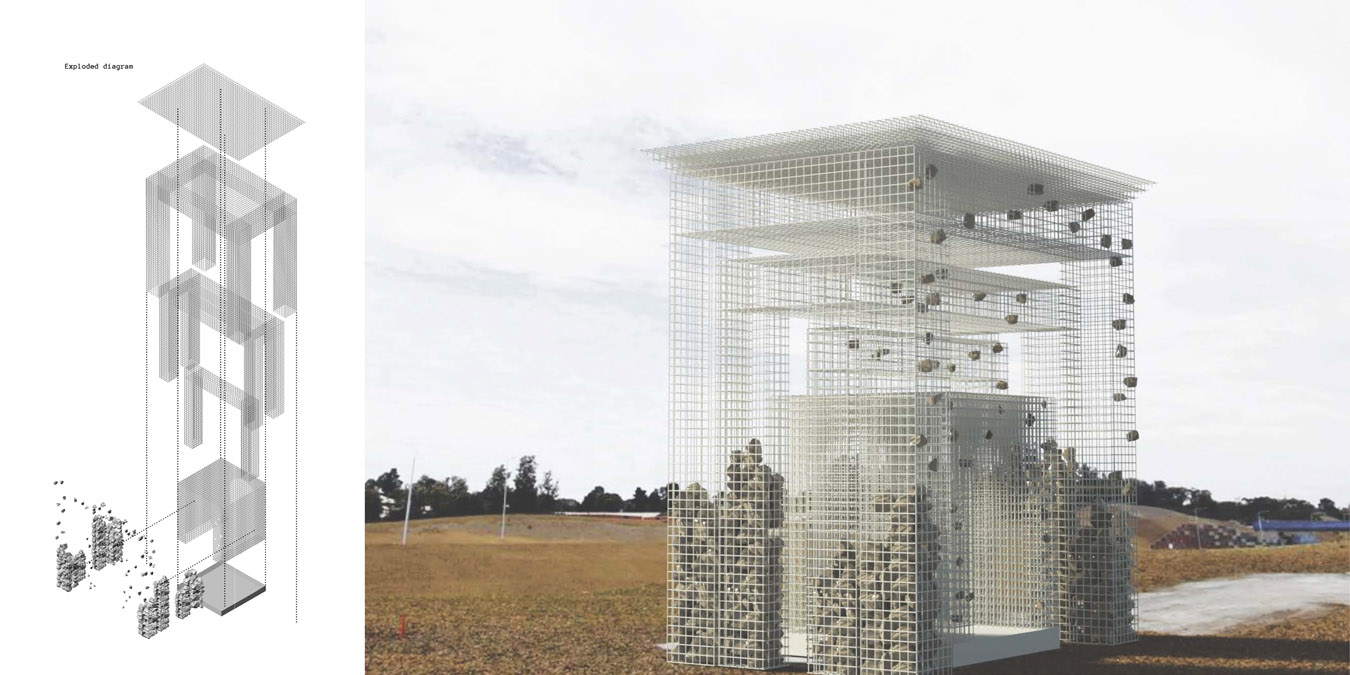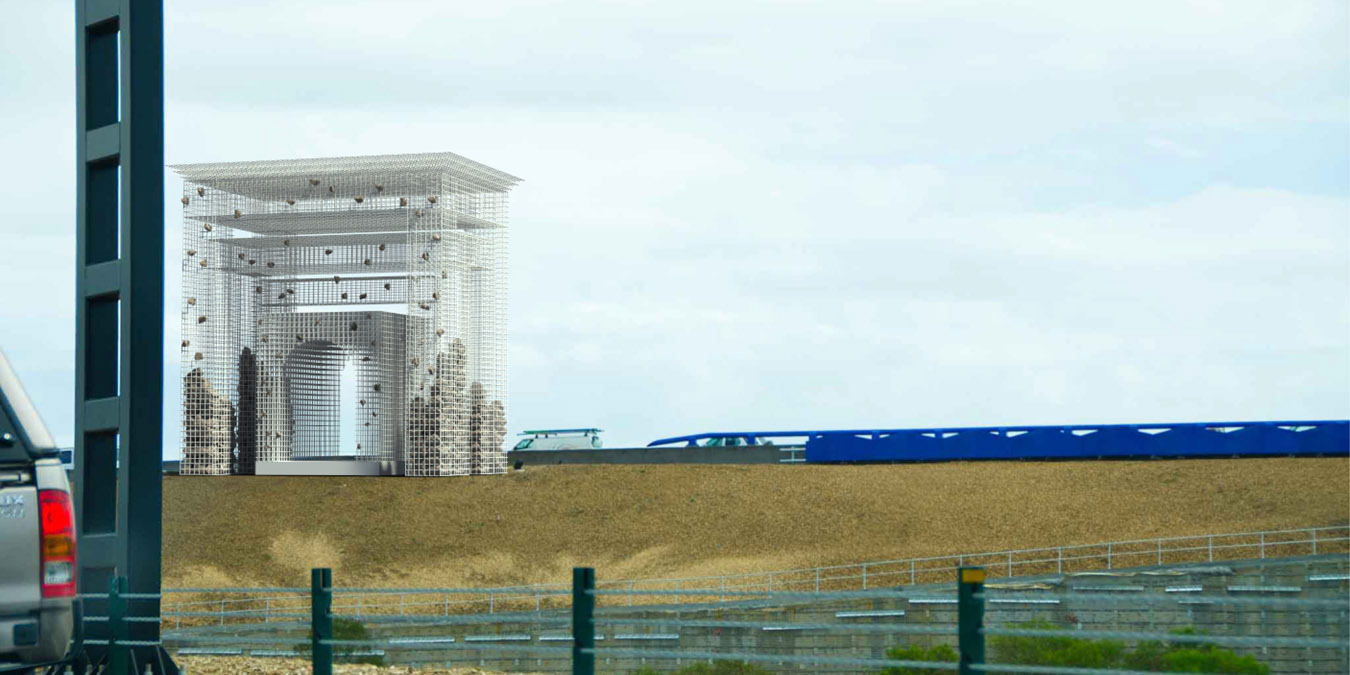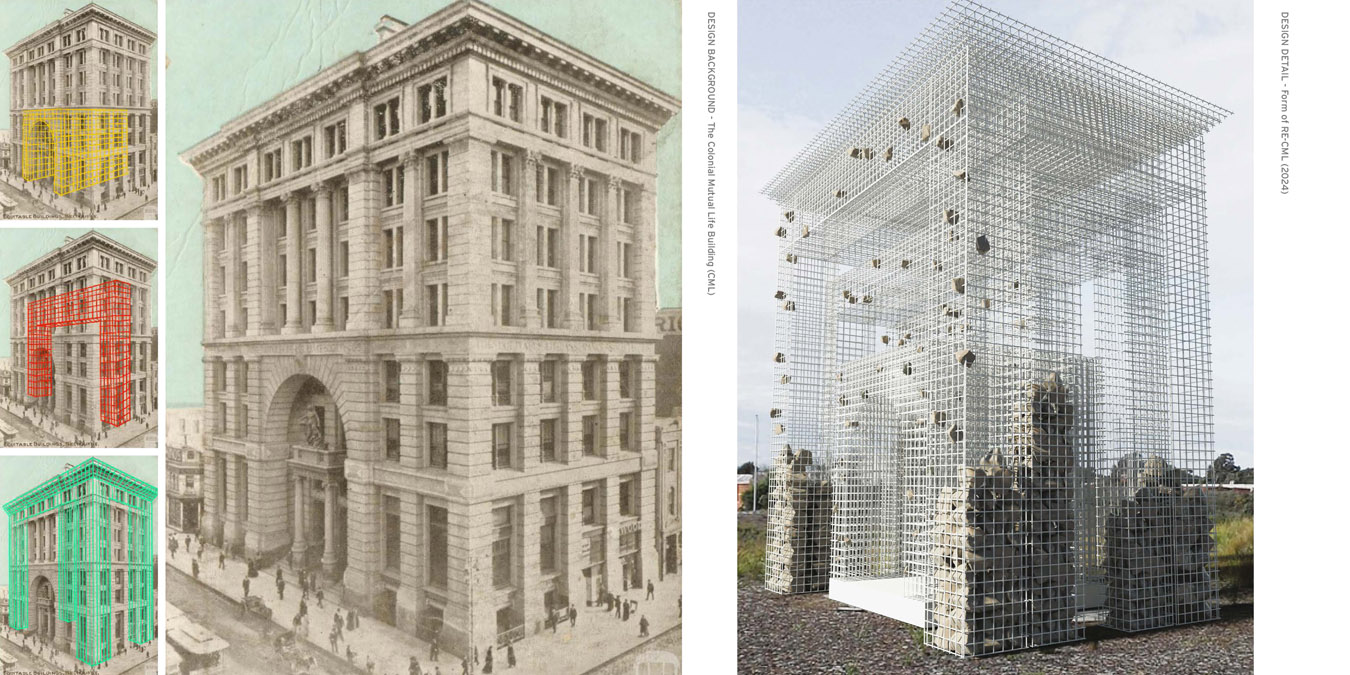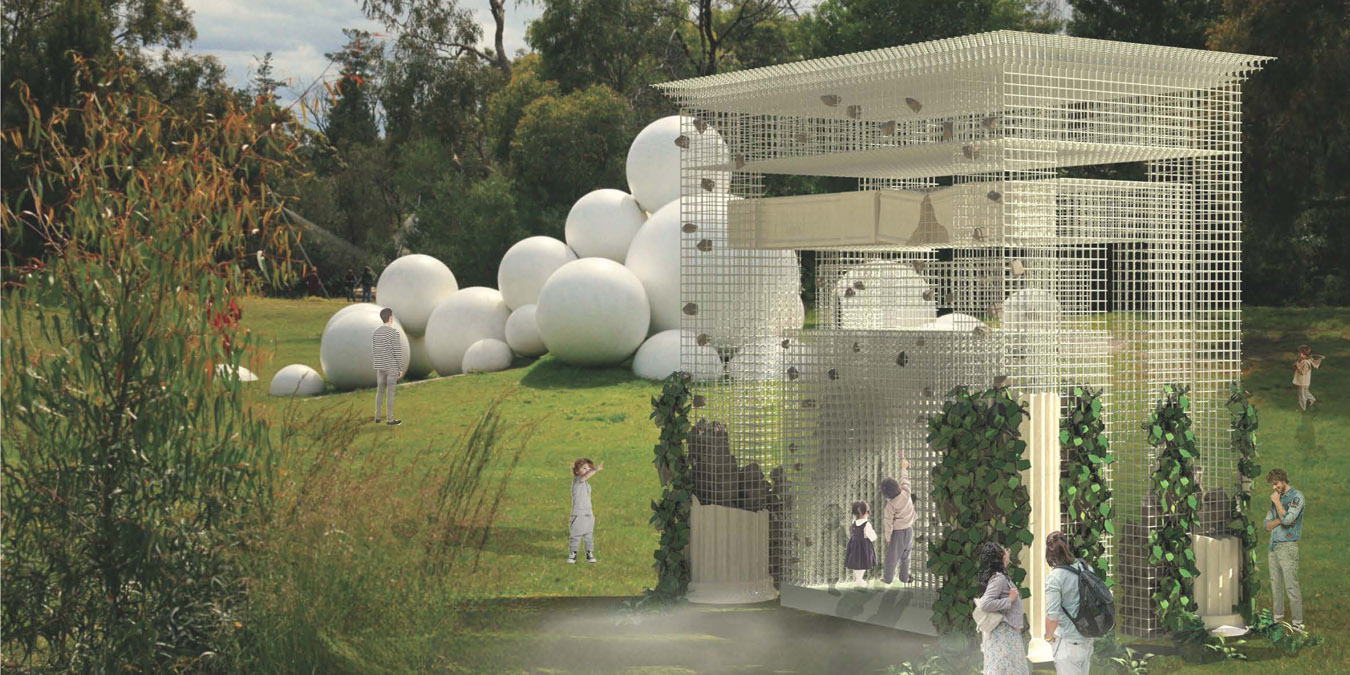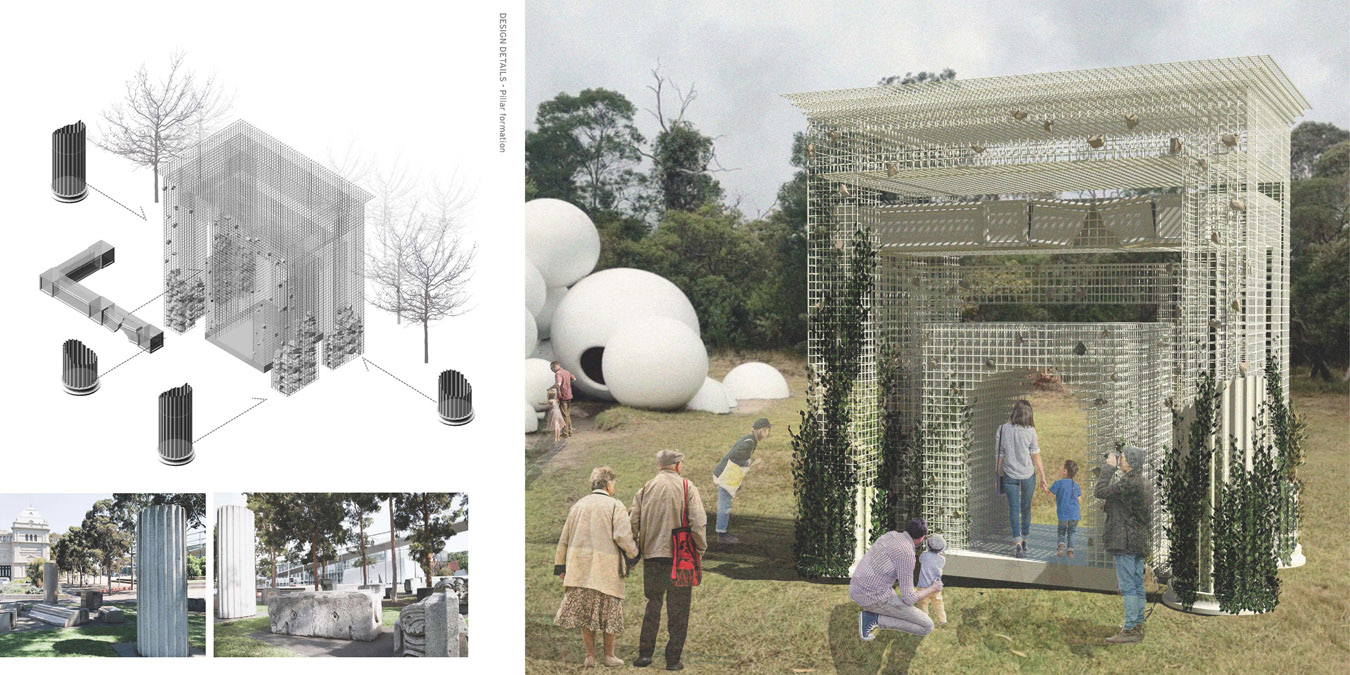The design process for revitalising Melbourne’s Colonial Mutual Life Building began with a meticulous study of its architectural details and historical significance. The project aimed not to replicate but to reinterpret the building’s essence in a modern context. Initial stages involved extensive research into the building’s original structure and its relationship with the Mornington Peninsula, where the accompanying statue had been relocated before finding its current place at Melbourne University.
To meet the design brief effectively, the project prioritised creating a design that would stand out both aesthetically and culturally. This involved conceptualising innovative ways to integrate elements of the original structure and building’s spirit into a contemporary sculpture. Through sketches and prototypes, various materials and forms were explored, focusing on evoking a sense of historical continuity while being visually impactful.
In the development phase, the design evolved into a robust wire frame structure crafted from durable steel, strategically positioned on a 5m by 5m plinth as required by the brief. The positioning of local rocks within the wire mesh enhanced the sculpture’s visual dynamics, symbolically linking it to the nearby highway’s fast-paced environment. This juxtaposition aimed to capture the perpetual motion of modern urban life.
Attention to detail was evident in the project’s execution, from the choice of materials to the integration of historical remnants of the original building. The sculpture’s final placement at McClelland Sculpture Park ensured its permanence and accessibility to the public, fulfilling the brief’s requirement for both temporary display on the freeway and permanent installation at McClelland’s Sculpture Park.
In summary, the project exemplifies a professional design process through thorough research, innovative conceptualisation, and meticulous execution. By meeting and exceeding the design brief’s expectations, the project successfully honoured Melbourne’s architectural heritage while creating a contemporary landmark that engages with its historical and cultural context.

